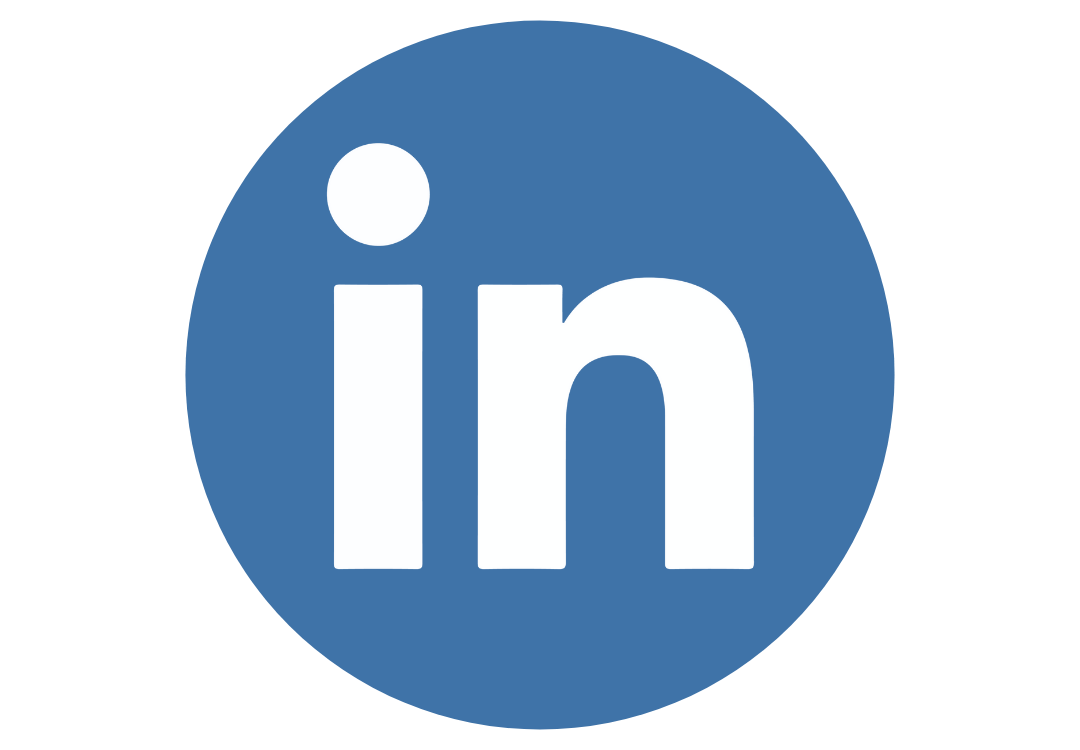Switzerland (Head Quarters)
IDR Medical Switzerland
Austrasse 95, CH-4051 Basel, Switzerland
T:
+41 (0) 61 535 1109
UK
IDR Medical UK
Unit 104 Eagle Tower, Eagle Tower
Montpellier Drive, Cheltenham, GL50 1TA
T:
+44 (0) 1242 696 790
USA
IDR Medical North America
225 Franklin Street, 26th Floor
Boston, Massachusetts 02110, USA
T:
+1 (0) 617.275.4465

How To Develop A Go-To-Market Strategy For Medical Devices
The healthcare industry is highly regulated, hugely competitive, and constantly evolving, making it difficult to successfully introduce a new medical device to the market.
It's important to develop and follow an effective go-to-market strategy to give your medical device the best chance of success at launch.
A well researched, well planned medical device launch plan can help ensure you meet the needs of your target audience, price and position your product correctly, and create a sales and marketing strategy that resonates with potential customers.
In this article, we’ll examine all the aspects you should consider when preparing a medical device for launch, giving you the best chance of early adoption and commercial success.
Market research
Comprehensive market research is the most important first step in a go-to-market strategy for your medical device.
This really is the foundation that underpins any successful medical device launch, helping you identify needs in the market, understand consumer preferences and sentiment, and gain insights into the competitive landscape.
By investing in thorough market research during product development, you can help ensure your product is best positioned to meet the needs of your target audience.
At IDR Medical, we use a wide range of healthcare market research methodologies to help underpin successful go-to-market strategies, including:
Unmet needs analysis
Unmet needs analysis is typically used to identify gaps in the current market where existing products or services do not fully meet customer needs, highlighting opportunities for innovation and the development of new products.
At IDR Medical, we go one step beyond this, not only examining the limitations of existing solutions but also thoroughly examining the tasks that end users need to achieve and their pain points in achieving them.
This helps us deliver a more holistic view of unmet needs in healthcare, helping you tailor your product development strategy to address nuanced customer requirements and ultimately leading to the creation of medical devices that are more likely to succeed in the market.
Discover the IDR Medical approach to unmet needs analysis
Focus groups
Focus groups are another valuable healthcare market research methodology. They allow you to gather rich qualitative insights from your target audience.
Focus groups are a great way to delve more deeply into the issues or challenges that are uncovered during unmet needs analysis. They are also well suited for testing new devices and products before launch, gathering feedback on the effectiveness of marketing messages, and understanding the nuances of decision-making factors that influence product choice.
There are many variables to consider when setting up a focus group, and it’s important to make the right decisions on format, size, and structure to help you get the specific insights you need.
For example, smaller focus groups are often better for in-depth discussions of specific topics, while larger groups may offer a broader range of perspectives.
It’s also worth considering the pros and cons of online focus groups versus in-person sessions. Online groups may provide flexibility and allow you to reach a wider pool of participants, but they lack the ability to capture non-verbal cues effectively and can typically lead to less engaging discussions.
Our guide on how to plan a successful focus group explains in more detail the different factors you might want to consider.
Market assessment valuation
Another aspect of healthcare market research that shouldn’t be overlooked is a market assessment valuation.
This approach helps you understand the true commercial opportunity for your medical device, looking at factors such as market trends, the competitive landscape, and the likely demand for your product or service.
IDR Medical’s market assessment and valuation services can help you make informed decisions about product development, pricing, and medical device marketing strategies.
Find out more about our approach
Concept testing and development
Concept testing and development involve evaluating and refining your medical device based on user feedback to ensure it best meets the target audience's needs and is well-positioned to deliver commercial success.
IDR Medical offers a range of concept testing and development research methodologies to help you optimize the design of your medical device.
Exploratory tests
Exploratory tests are typically conducted early in the medical device development process, once unmet needs have been defined and potential solutions have been explored.
Relying primarily on qualitative research methods such as interviews or observation, the purpose of these tests is to assess the viability of preliminary designs and identify any potential concerns or opportunities for improvement.
Assessment tests
Assessment tests provide a deeper understanding of how well your product concept satisfies specific target audience needs.
Using more complex research methodologies like ethnographic research and human factors techniques, assessment tests can help identify potential weaknesses or risks of market failure that you’re able to address before launch.
Confirmation tests
Confirmation tests are used to confirm that the final concept meets the defined objectives and is ready for market launch.
These tests can use a range of different quantitative and qualitative research methods, but they typically include in-depth usability and performance assessments to deliver final validation that your device is ready to launch.
Comparison tests
Comparison tests can be carried out at any stage of the design process and typically involve evaluating your concept against existing solutions and competitor offerings.
The insights gained from comparison tests can often be used to inform pricing and positioning, and help shape your marketing strategies and communication plans to create a more compelling and differentiated product in the marketplace.
Conjoint analysis is one of the common techniques used for comparison tests. It can be incredibly useful for identifying which product features are most important to the target audience and the value they place against each of them.
Positioning and value proposition
Creating a clear value proposition and strategically positioning your medical device in the market is essential for commercial success.
After conducting thorough market research, your go-to-market strategy should move on to customer segmentation, which involves strategically dividing your potential market into distinct groups based on shared characteristics, needs, and preferences.
With your market segments carefully defined, conjoint analysis can be used to help you understand how different groups of customers value different product features.
Once you understand the specific requirements of each market segment and the features that they value - you’re able to create a clear and compelling value proposition.
A strong value proposition should highlight your medical device's relevant benefits and advantages, and communicate why your product is the ideal solution for each segment's specific needs and pain points.
Pricing strategy
Setting the right price for your medical device is a crucial part of your go-to-market strategy.
The pricing of your device can influence your product’s perceived value, market uptake, and overall revenue potential - so it’s important to take a thorough, research-driven approach to your medical device pricing strategy.
When pricing your device, you must consider several factors, including market demand, production costs, competitor pricing, and how customers value the benefits your device offers.
Fortunately, there are a number of healthcare market research methodologies that can help provide insights into how to optimally price your medical device, including Gabor Granger, Van Westendorp and conjoint analysis.
Find out more about these techniques, and how IDR Medical can help you determine the ideal price for your product in our detailed guide.
Marketing and communication strategy
The final step in developing a go-to-market strategy for your medical device is to devise an effective approach to marketing and communications.
If you’ve conducted thorough market research, segmented your audience based on their different needs and pain points, understood the features and benefits of your product that each segment values, and have a clear value proposition for each segment - you actually have all the right ingredients to develop an impressive medical device marketing strategy.
However, the initial adoption of your device at launch rests on the effective alignment of marketing communications and medical device sales strategies - so it’s important not to rush this final step.
A well-structured focus group can often provide valuable insights into the likely effectiveness of your marketing strategy before launch and help you make any final tweaks and adjustments to your messaging.
Let IDR Medical help you with your go-to-market strategy
Developing an effective go-to-market strategy for your medical device requires careful planning and alignment across multiple areas, including market research, product development, market segmentation, value proposition, pricing strategy, marketing communications, and sales.
It’s a complicated process, and any missteps along the way can potentially derail a successful launch.
As a global leader in healthcare market research, IDR Medical has the experience and expertise to help you navigate the complex process of bringing your medical device to market.
If you're looking to develop an effective go-to-market strategy for your medical device, contact us today to learn more about our services and how we can help ensure your product launches successfully.


